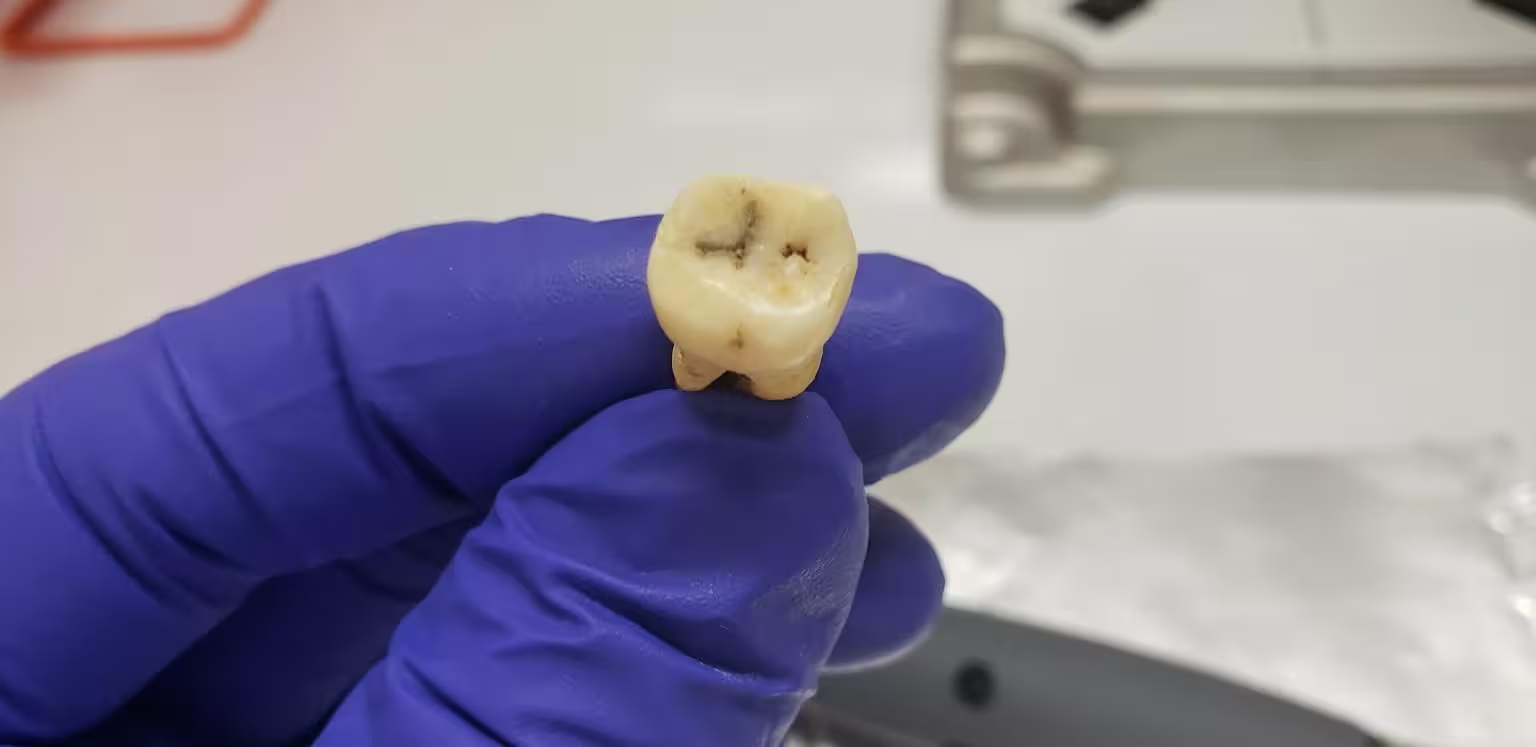3 Minutes
Recent paleogenomic work that analyzed a tooth from Jerash has clarified the early geographic and evolutionary history of Yersinia pestis, the bacterium responsible for historic plague pandemics. Although biologically distinct from SARS-CoV-2, both pathogens underscore a persistent truth: increased connectivity speeds pathogen spread, and some microbes can never be fully eradicated.
Scientific background: plague, evolution, and pandemic risk
Plague is caused by Yersinia pestis, a bacterium that has produced multiple major pandemics, including the Black Death. Ancient DNA analysis (paleogenomics) of archaeological remains can reconstruct pathogen genomes and trace how strains emerged and moved with human populations. These studies reveal that, like many infectious agents, plague continues to evolve and adapt, maintaining the capacity to cause outbreaks despite modern public health measures.
Expanding the research: from Jerash to Lazaretto Vecchio
Building on the Jerash finding, researchers have broadened their fieldwork to Venice, focusing on Lazaretto Vecchio — a purpose-built quarantine island and one of the largest known plague burial sites. The University of South Florida (USF) now curates more than 1,200 samples recovered from this Black Death–era mass grave. This collection offers an exceptional dataset to study pathogen genomics alongside historical records of early quarantine practices and urban vulnerability.

Study aims and methods
The interdisciplinary team combines ancient DNA sequencing, radiocarbon dating, and historical epidemiology to assess how public health interventions of the past affected pathogen evolution and community resilience. Comparing genomes from Jerash and Venice can show whether specific genetic changes correlate with spread patterns or with survival in different urban environments.
Key discoveries and implications
Preliminary results confirm that plague has deep historical roots and remains a public-health consideration in some regions. The research highlights that containment and quarantine can slow transmission but may not eliminate reservoirs of infection. Understanding these dynamics helps modern health authorities design better surveillance and response strategies for zoonotic and reemerging infectious diseases.

Conclusion
The Jerash tooth and the Lazaretto Vecchio collection together illuminate how ancient outbreaks shaped pathogen evolution and how human mobility and public-health choices influence disease risk. These findings emphasize the value of integrating paleogenomics, archaeology, and public-health history to inform contemporary pandemic preparedness.
Source: scitechdaily


Leave a Comment